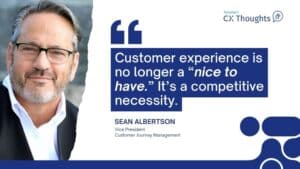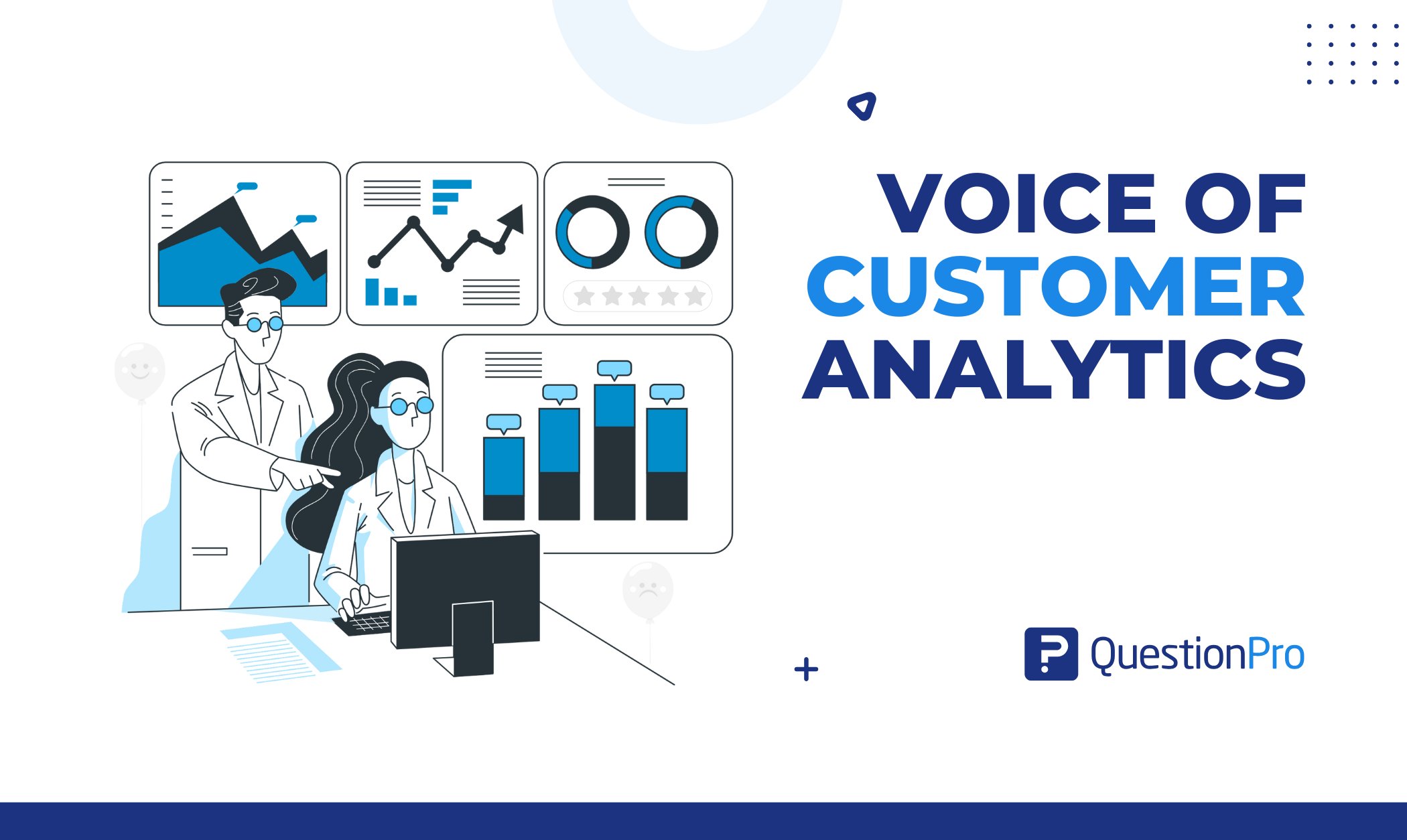
Understanding your customers isn’t just good business; it’s essential for survival. Voice of the Customer analytics collects and analyzes user feedback, survey responses, online reviews, and even unsolicited feedback. Companies can gain valuable insights into customer needs, preferences, and pain points.
Voice of Customer analytics utilizes both structured and unstructured data. It integrates sentiment analysis, natural language processing, and advanced analytics tools to identify the factors that influence customer satisfaction, loyalty, and retention.
In this article, we’ll explore VoC analytics, explain why they matter, and show methods and key components to turn feedback into actionable insights. So you can improve every part of the customer journey, reduce churn, and attract more loyal customers.
Key Components of VoC Analytics
Understanding the voice of the customer requires more than just collecting feedback; it’s about structuring that feedback so it delivers real insights. To make sense of the data, organizations need to focus on a few key components that bring clarity and depth to the process.
1. Customer Feedback Collection Channels
The starting point of any Voice of Customer program is how feedback is collected. Without strong channels, the insights you get will always feel incomplete. To truly understand customers, businesses need to listen across multiple touchpoints.
Direct channels:
- Surveys.
- Interviews.
- Focus groups.
- Feedback forms.
These give customers a structured way to share opinions. Indirect channels like social media, online reviews, support calls, and emails capture raw and unfiltered thoughts.
Additionally, inferred channels, such as purchase frequency, churn patterns, or website behavior, reveal how customers behave even if they don’t express it directly.
Gathering customer feedback from all these sources is essential to ensure a comprehensive understanding of customer experiences.
2. Structured vs. Unstructured Data
Not all feedback looks the same; that’s why it’s useful to distinguish between structured and unstructured data. This is what makes VoC analytics both hard and powerful.
- Structured data: Numeric scores, multiple choice answers, and ratings are easy to quantify and compare over time. Structured data often consists of quantitative data collected through surveys and questionnaires, providing measurable insights into customer sentiment.
- Unstructured data: Open text comments, recorded calls, or social media posts rich with emotion and detail, but require advanced tools like text mining or NLP to decipher.
Together, structured data shows the “what” and unstructured data explains the “why”. When organizations analyze both, they get measurable trends backed up with customer context and get deeper insights.
3. Quantitative vs. Qualitative Insights
Analytics isn’t just about numbers; it’s also about stories. Quantitative and qualitative insights provide two ways to look at the same customer reality.
- Quantitative insights: Trackable trends like NPS changes, response rates, or satisfaction scores. These insights are great for measuring performance at scale.
- Qualitative insights: Context-driven findings like customer frustrations, preferences, or emotions are usually found in open responses or interviews.
This combination makes decision-making both accurate and empathetic, so strategies reflect real customer needs.
By combining all these elements, businesses can turn scattered customer voices into one cohesive view that guides strategy, builds customer loyalty, and drives real improvements.
Why Voice of Customer Analytics Matters?
Voice of Customer analytics helps you go beyond gut instinct by transforming everyday customer feedback data into strategic insight. Whether it’s a product complaint, a glowing review, or a subtle comment in a support chat, VoC analysis helps you connect those signals to what matters most: business performance.
- Turning Feedback Into Performance Insights
Every survey response or online review is a piece of the puzzle. With the right VoC analytics tools, you can detect patterns in unstructured data, link sentiment to key performance metrics, and uncover the real drivers behind customer satisfaction. Instead of guessing what’s working, you’ll know and act with confidence.
- Keeping Customers Loyal and Reducing Churn
Happy customers stick around. Voice of Customer analysis helps you to identify and address customer churn by analyzing feedback, allowing you to,
Spot friction points early.- Respond to unmet customer needs.
- Build experiences that build trust.
This isn’t just about fixing problems; it’s about nurturing customer loyalty and keeping your most valuable users engaged over time.
- Fueling Smarter Product, Marketing, and CX Moves
VoC analytics gives your teams a direct line to what customers want. From fine-tuning your marketing campaigns to prioritizing product improvements or redesigning customer journeys, you’ll be working with actionable insights that come straight from the people who matter most, your users.
The Voice of Customer analytics program is your bridge between what customers say and what your business should do next. Whether you’re trying to retain customers, win over new customers, or deliver exceptional customer service, it all starts with understanding the voice that matters most: the customer’s.
Methods of Collecting VoC Data
There’s no one way to capture the Voice of the Customer. Each method shows a different perspective, and when combined, they give a more complete picture of what customers really think and feel. Here are the most popular ways businesses do it today.
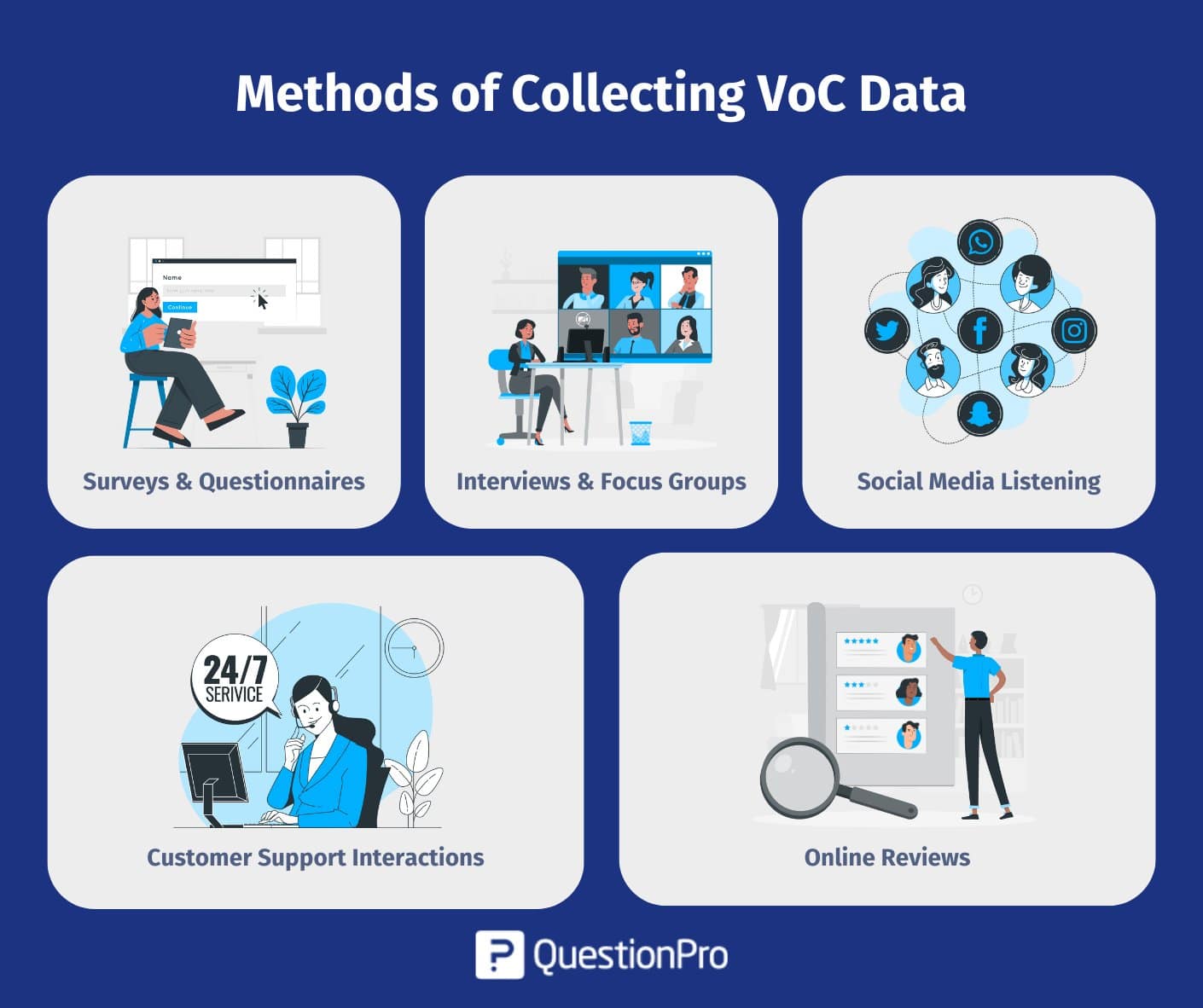
1. Surveys & Questionnaires
Surveys are the most structured way to collect feedback. They help you measure satisfaction, track and identify trends, and compare over time. Tools like CSAT, NPS, and CES provide benchmarks.
The real power of surveys is their scale. You can get hundreds or thousands of responses quickly and see patterns across different customer groups.
2. Interviews & Focus Groups
Not every story fits into a survey. That’s where interviews and focus groups come in. They give customers space to share in their own words and often uncover motivations or frustrations that structured questions miss.
- Interviews go deep with individuals.
- Focus groups show group dynamics and how opinions change in discussion.
Together, these methods add context and explain the “why” behind customer behavior.
3. Social Media Listening
Social media is a powerful channel for spontaneous feedback. Customers post praise, complaints, and suggestions daily without being asked. Monitoring these conversations helps you track sentiment and spot trends in real time.
Because it’s a public conversation, social media listening gives you an unfiltered view of how people talk about your brand and reputation.
4. Customer Support Interactions
Support is where frustrations show up first, so it’s a rich source of feedback. Every ticket, chat, or call has clues about customer needs.
Speech analytics can be used to analyze support call transcripts and interaction data, providing valuable insights into customer sentiment and behavior. Common insights include:
- Recurring pain points.
- Process gaps that slow resolution.
- Unmet expectations that reduce trust.
When viewed together, these interactions reveal opportunities to turn everyday problem-solving into long-term improvements.
5. Online Reviews
Reviews are feedback and reputation. They capture raw customer experiences on review sites, forums, and e-commerce platforms. These reviews influence potential buyers as much as they inform businesses.
Analyzing reviews helps you spot strengths to build on and weaknesses to fix. Responding openly also builds trust and shows customers their voice matters.
VoC analytics involves analyzing data from customer surveys, online reviews, support interactions, social media comments, and other sources of customer feedback.
Collecting the Voice of the Customer isn’t about choosing one method. Customer surveys give scale, interviews add depth, social media shows sentiment, support channels highlight pain points, and reviews offer a public perspective. Together, these methods give every voice a hearing and action.
Voice of Customer Analytics Framework
A Voice of Customer (VoC) program gets powerful when there’s a clear framework for how data is handled from start to finish. Each step adds structure and clarity so raw feedback becomes meaningful action.
Here’s how a typical VoC analytics framework works.
1. Data Collection
VoC analytics starts with capturing customer input from different touchpoints. These can be:
- Direct feedback like surveys, interviews, or focus groups.
- Indirect feedback from social media, online reviews, or forums.
- Inferred feedback based on customer behaviour such as churn, repeat purchases, or site activity.
Collecting data from multiple sources gives you a balanced view of customer experiences and sets the foundation for the rest of the framework.
2. Data Integration & Storage
Feedback comes from multiple sources. Data integration brings those voices together into one system, while storage solutions keep them organized and accessible.
When customer data lives in silos, insights get lost. A unified view makes it easier to see patterns across channels and act with confidence.
3. Text & Sentiment Analysis
Raw feedback can be overwhelming, especially in open text or voice data. Text mining and sentiment analysis use tools like NLP to detect emotions, highlight key themes, and sort feedback as positive, negative, or neutral.
4. Categorization & Theming
Once sentiment is identified, feedback is grouped into themes like product quality, pricing, service, or delivery. Categorization simplifies large volumes of data into bite-sized insights.
- It shows which topics customers mention most.
- It highlights where issues or praise are concentrated.
- It makes reporting more actionable for different teams.
By categorizing feedback by themes, businesses can better understand and respond to individual customer preferences, enabling more personalized experiences and targeted improvements.
5. Actionable Insights & Reporting
The final step is turning analysis into action. Reports and dashboards turn patterns into decisions, whether that’s improving a product feature, adjusting marketing campaigns, or redesigning parts of the customer journey.
Clear reporting closes the loop so customer voices don’t just sit in a database but actively guide business improvements.
Types of Voice of Customer Techniques for Collecting VoC Feedback
There are several techniques businesses use to analyze customer voices effectively. Each method adds a unique lens to the data, from making sense of open text to visualizing insights in a way teams can act on. Below are some of the most widely used techniques in VoC analytics.
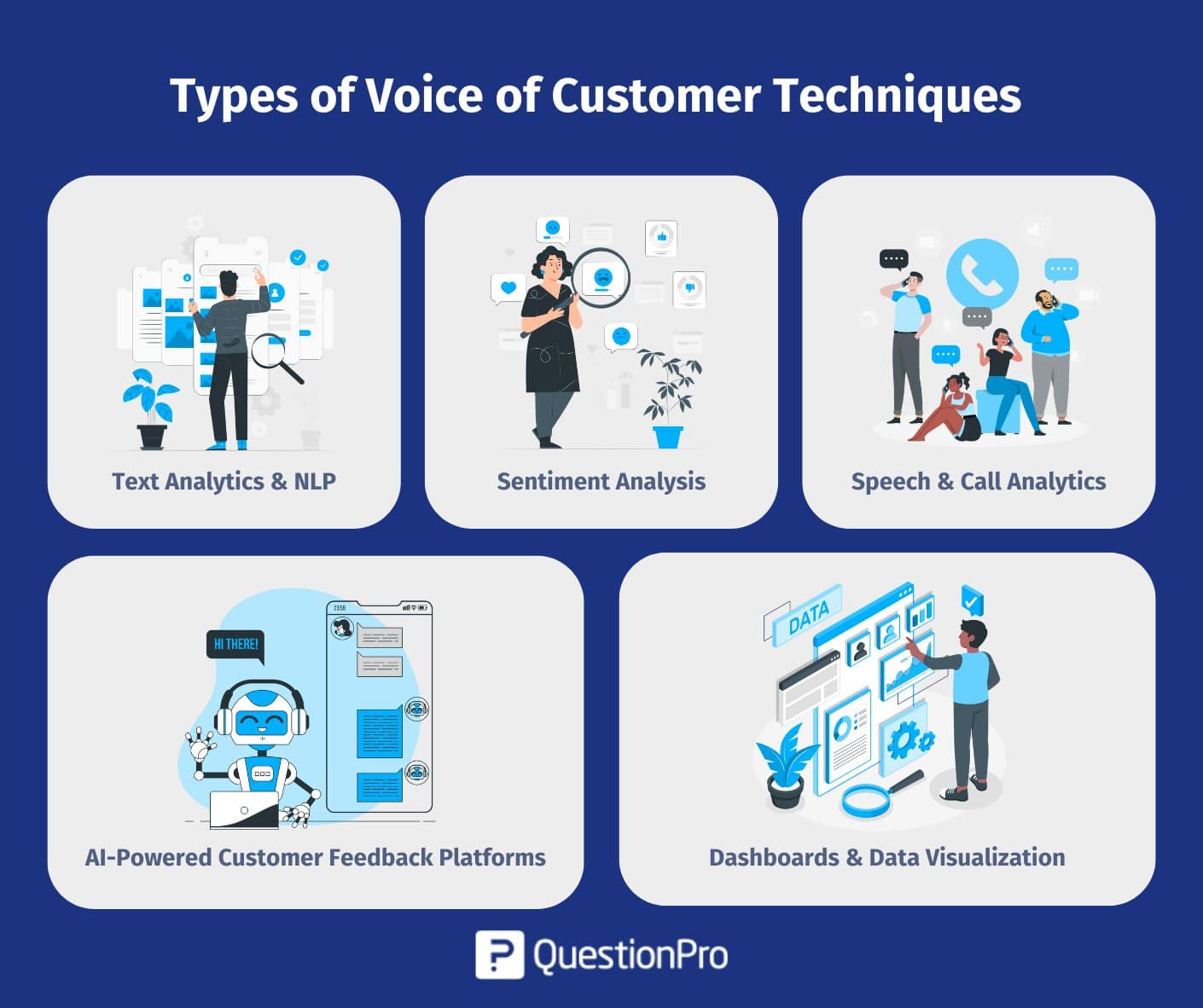
- Text Analytics & NLP: Helps decode unstructured feedback from reviews, comments, and support tickets. NLP identifies keywords, phrases, and themes, making it easier to detect patterns across thousands of responses.
- Sentiment Analysis: Goes beyond what customers say to uncover how they feel. Feedback is categorized as positive, negative, or neutral, and advanced tools can even detect emotions like frustration or excitement.
- Speech & Call Analytics: Converts spoken conversations into text and analyzes tone, keywords, and pauses. It helps identify recurring issues, measure customer frustration, and highlight training opportunities for support teams.
- AI-Powered Customer Feedback Platforms: Automate the tagging, categorization, and prediction of customer trends. These tools speed up data analysis and allow teams to focus more on taking action than on processing raw data.
- Dashboards & Data Visualization: Translates raw data into charts, graphs, and trend lines. Visualization makes insights easy to digest and share across departments, helping teams align around the customer story.
Together, they create a powerful toolkit for turning scattered feedback into business action.
How to Analyze Voice of Customer Data with Analytics
Collecting customer feedback is only the beginning; the real value lies in how you analyze it. With the right process, tools, and techniques, you can turn raw VoC data into valuable insights that drive smarter business decisions. Here’s how to do it:
1. Step-by-Step Analysis Process
Start with a structured approach to ensure consistency and accuracy in your analysis:
- Define the objective of your analysis.
- Gather all relevant VoC data from various channels.
- Clean and organize the data (especially open-text feedback).
- Apply analysis methods suited to your goals.
- Interpret results and link them to business outcomes.
QuestionPro supports each of these steps, helping you manage feedback across the customer journey from a centralized platform.
2. Tools and Software Used for Analysis
To analyze both structured and unstructured data, teams often rely on VoC tools like:
- Text Analytics tools use natural language processing to analyze open-ended feedback, helping you spot keywords, themes, and sentiment at scale.
- BI dashboards transform VoC data into visual insights, such as charts and trend lines, enabling teams to easily track key metrics, including NPS, CSAT, and sentiment.
- Survey and feedback platforms like QuestionPro combine data collection, text analysis, sentiment detection, and dashboard reporting in one unified platform.
3. Text Mining and Keyword Extraction
This technique helps you find the most frequently mentioned words or themes in open-ended responses. It can highlight common customer pain points, repeated feature requests, and emerging trends in sentiment or overall experience.
4. Visualizing Insights (Dashboards, Heatmaps)
Raw data can be overwhelming. Visualization tools help turn numbers and text into clear, actionable views. Tools like QuestionPro make it easy to create dynamic dashboards that track NPS, CSAT, and sentiment over time.
You can also use heatmaps, charts, and real-time reports to share insights across teams and act quickly.
5. Segmenting Customer Feedback
Break down your data to see how different customer groups feel. You can segment by:
- Customer type (new vs. returning)
- Demographics or geography
- Product type or service channel
This makes your insights more targeted and your actions more effective.
By following a smart analysis process and using the right tools, you can turn customer feedback into a strategic advantage that helps you improve products, boost satisfaction, and strengthen customer relationships.
Best Practices for Using VoC Analytics
Collecting customer feedback is only the first step. To get real value, VoC analytics must turn insights into action.
- Listen Across Touchpoints: Capture feedback from surveys, support chats, social media, reviews, and follow-ups for a complete view of the journey.
- Blend Quantitative & Qualitative: Use metrics like NPS or CSAT for trends, and pair them with open comments and interviews to uncover the “why.”
- Share Insights Across Teams: Distribute findings to CX, product, and marketing so each team can act on customer needs.
- Automate Insight Delivery: Set up alerts, real-time reports, and dashboards to ensure the right people see insights quickly.
By following these best practices, businesses move from just listening to actively improving. Every piece of VoC feedback becomes a tool for loyalty, smarter decisions, and long-term growth.
Common Uses of VoC Analytics for Business Growth
Voice of Customer analytics is more than a feedback tool; it’s a growth driver. From CX to product innovation, here’s how businesses use it:
- Improving Customer Experience
By analyzing feedback across touchpoints, VoC analytics shows what’s working and what’s not for your users. It helps personalize interactions and remove roadblocks to higher satisfaction and smoother experiences.
- Identifying Customer Pain Points
Customers leave clues when something’s not working, especially in their feedback. VoC analytics helps identify patterns that point to deeper issues, such as:- Repeated complaints in surveys or reviews.
- Drop-offs in specific parts of the customer journey.
- Low NPS or CES scores are tied to specific interactions.
Spot these early, and your teams can act fast and fix what’s broken.
- Innovating Products and Services
Customer feedback extends beyond complaints; it reveals unmet needs and new feature ideas that your team may not have considered.
By analysing Voice of Customer data, businesses can prioritise updates, validate product decisions, and launch improvements that match customer expectations. This feedback-driven approach helps companies innovate faster and stay ahead of market demands.
- Detecting Churn Signals Early
Patterns in surveys, support interactions, or even unsolicited feedback can reveal early warning signs of dissatisfaction. These might be negative sentiment, repeated complaints, or reduced engagement. Voice of Customer analytics helps identify these red flags before it’s too late, so your team can:- Reach out proactively.
- Address specific concerns.
- Rebuild trust.
- Improve the customer experience.
These core VoC metrics help track progress and compare over time. Use them to set benchmarks, measure success, and optimize the whole customer journey.
Why QuestionPro Can Help in Your VoC Research
When it comes to turning feedback into action, QuestionPro stands out as a complete, flexible, and easy-to-use solution for VoC research. It brings everything under one roof: survey distribution, text analytics, sentiment analysis, dashboards, and automated reporting, so you don’t have to juggle multiple tools.
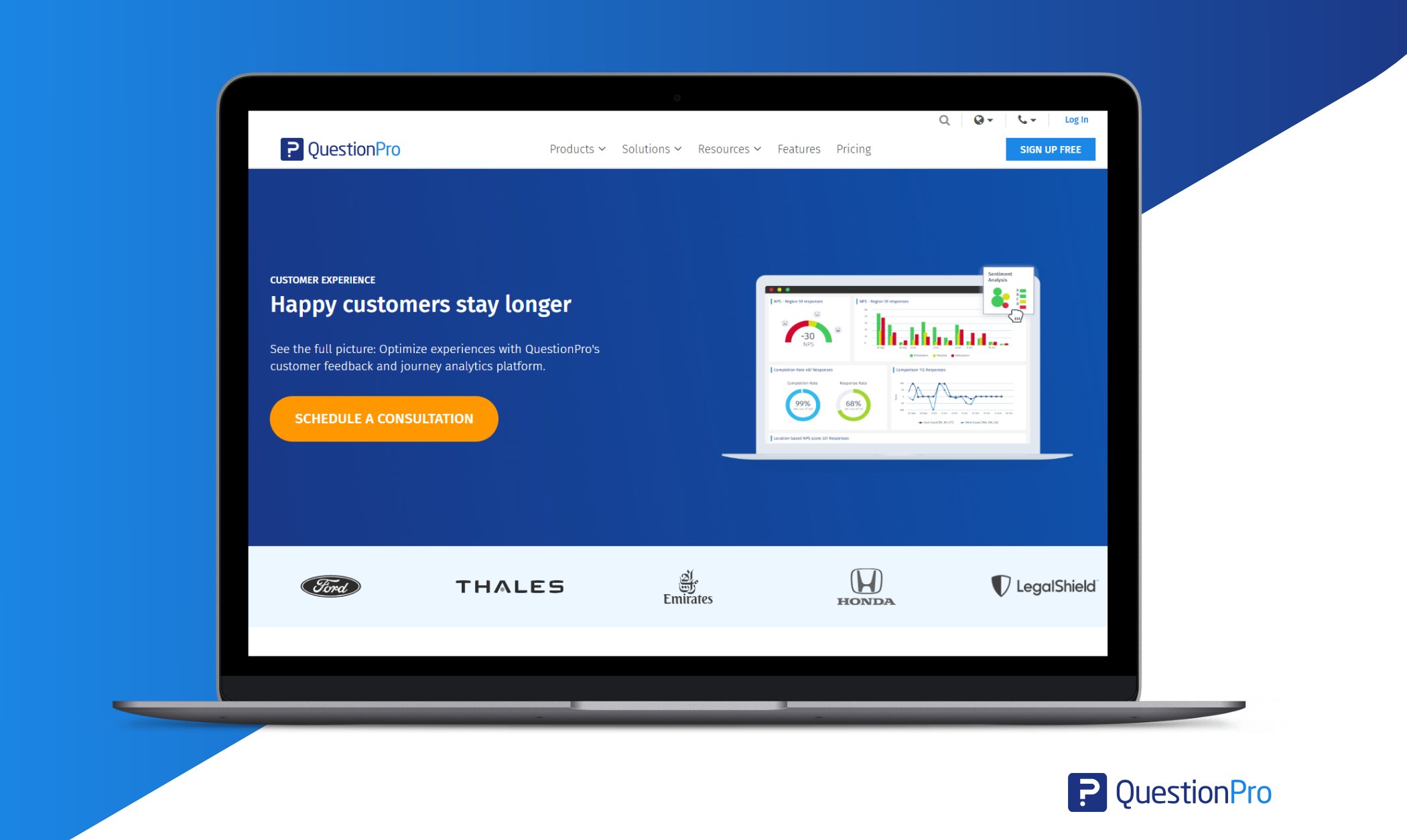
Whether you’re measuring NPS, analyzing open-ended responses, or tracking sentiment over time, QuestionPro gives you the power to:
- Use pre-built VoC templates for surveys
- Collect data across all customer touchpoints.
- Analyze both structured and unstructured feedback.
- Visualize trends in real time with dynamic dashboards.
- Segment insights by product, region, or customer type.
- Automate alerts, reports, and insight delivery.
- Utilize CX-specific features to simplify the process.
With built-in integrations and support for both quantitative and qualitative analysis, QuestionPro enables teams to make smarter, faster decisions, backed by what customers are really saying.
Conclusion
Voice of Customer analytics empowers businesses to listen intentionally, analyze meaningfully, and act strategically. By combining structured and unstructured data, applying the right analysis techniques, and aligning customer insights with business goals, organizations can unlock a clear path to improving customer satisfaction, boosting customer retention, and driving sustainable growth.
Through the article, we gained a comprehensive understanding of VoC analytics, including its importance, how to analyze, common uses, and best practices for analysis. By following a clear Voice of the Customer Strategy and using the right tools like QuestionPro, businesses can turn customer feedback into meaningful actions that improve experience, loyalty, and growth.
Whether you’re just starting to build a customer program or looking to take your insights to the next level, having the right tools makes all the difference.
Frequently Asked Questions(FAQs)
Answer: VoC analytics can use both structured data (like ratings and scores) and unstructured data (like comments, reviews, and chat transcripts) to understand customer sentiment and behavior.
Answer: By identifying early warning signs, such as negative feedback, complaints, or low engagement, businesses can proactively address issues and re-engage at-risk customers.
Answer: Common VoC metrics include Net Promoter Score (NPS), Customer Satisfaction Score (CSAT), Customer Effort Score (CES), First Contact Resolution (FCR), and sentiment scores.
Answer: Sentiment analysis uses natural language processing (NLP) to detect the emotional tone, positive, negative, or neutral, in customer feedback.
Answer: QuestionPro provides a unified solution for collecting feedback, running analyses (including text and sentiment analysis), visualizing data in dashboards, and sharing insights across teams.




